Fashion Market Segmentation Guide: 7 Key Benefits & Strategies
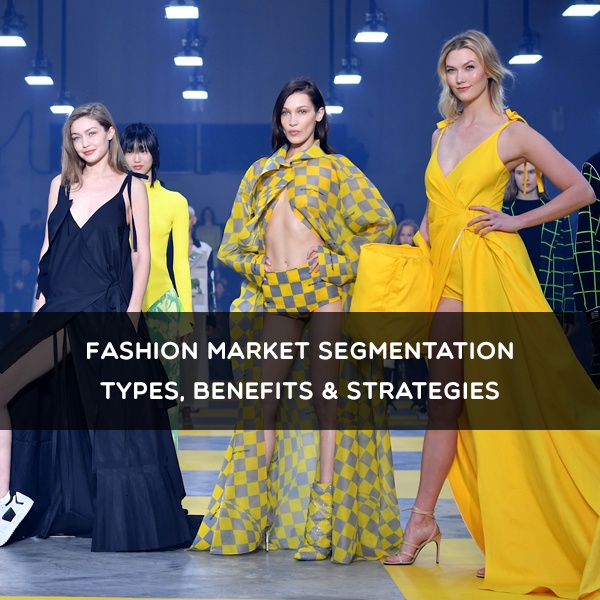
Fashion market segmentation transforms how brands connect with customers by dividing broad audiences into targeted groups based on shared characteristics. Modern fashion companies segment customers using four key criteria: demographics (age, gender, income, education), psychographics (lifestyle, interests, values), behavioral patterns (shopping habits, brand loyalty) and geographic location.
This targeted approach enables fashion brands to move beyond one-size-fits-all strategies, creating personalized designs, marketing campaigns, and shopping experiences that resonate with specific customer groups. For example, a streetwear brand targeting Gen Z urban consumers might focus on
sustainable materials, social media marketing, and limited drops, while a luxury heritage brand appeals to affluent professionals through timeless designs, premium quality, and exclusive experiences. This strategic approach can increase marketing ROI by up to 200%, reduce customer acquisition costs, and boost retention rates by delivering precisely what each segment values most.
Understanding segment-specific motivations empowers
fashion businesses to make data-driven decisions across their entire value chain - from collection planning and inventory management to store placement and digital marketing strategies. In today's fast-paced fashion landscape where 73% of consumers expect personalized experiences, effective market segmentation has become the cornerstone of competitive advantage and sustainable growth.
Why Fashion Market Segmentation Matters: ROI Impact & Customer Insights
Market segmentation helps fashion brands understand exactly who they are designing for and selling to. Instead of trying to appeal to everyone, brands group customers based on shared traits like age, style preferences,
body types, income levels, and shopping habits. This approach makes every business decision sharper and more effective.
Fashion thrives on trends and individuality, so one-size-fits-all strategies rarely work. Segmentation gives brands a clear picture of what each group wants, making it easier to create collections, campaigns and experiences that truly connect with buyers.

- Personalised Marketing that Converts - When brands know their audience, they can speak directly to them. Marketing becomes more personalised and impactful, which leads to higher engagement and better conversion rates. Ads, social media posts, and influencer collaborations feel relevant, not generic, so customers respond faster.
- Stronger Customer Loyalty - Shoppers stay loyal to brands that understand their tastes and values. By focusing on specific customer groups, fashion businesses can deliver collections that match their lifestyle. Over time, this builds trust and repeat purchases, reducing the cost of acquiring new customers.
- Boost in Profitability and ROI - Well-segmented brands see a clear financial advantage. A Bain & Company study showed that businesses with advanced segmentation strategies achieved up to 15% profit growth, compared to just 5% for those that didn't. In fashion, this means faster sell-through, reduced unsold inventory and better overall returns.
- Unlocking Niche Opportunities - Segmentation helps identify underserved markets, such as sustainable fashion, modest wear, or inclusive sizing. Tapping into these niches allows brands to stand out in a competitive market and attract highly engaged customers who feel seen and valued.
5 Types of Fashion Market Segmentation Every Brand Should Use

Geographic Segmentation
Geographic segmentation focuses on where customers live. Designers and retailers study regions, climates and cultural preferences to plan collections. People in colder areas often look for woollen coats, boots and thermals, while those in tropical regions prefer breathable cotton, linen, or lightweight fabrics. Regional culture also influences choices, like
sarees and kurtas in India or trench coats in Europe.
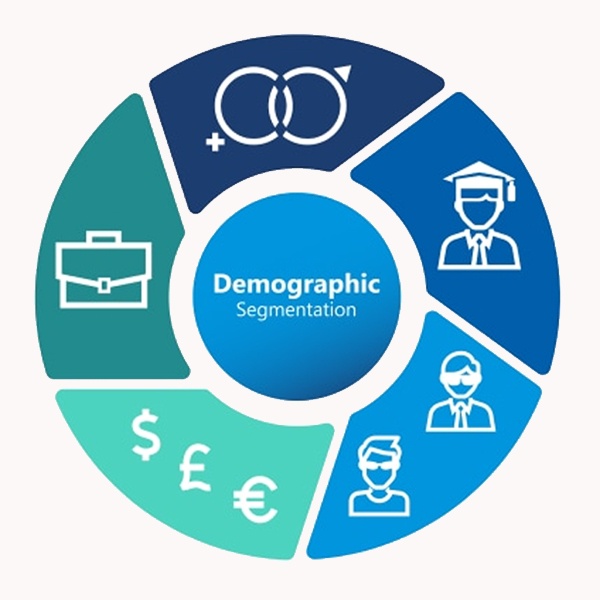
Demographic Segmentation
This type studies measurable traits like age, gender, income level, education and social class. Teenagers may prefer trendy streetwear, while older adults might look for formal or classic outfits. Brands also create separate product lines for different budgets - luxury fashion targets high-income customers, whereas value fashion focuses on affordable options for a wider audience.
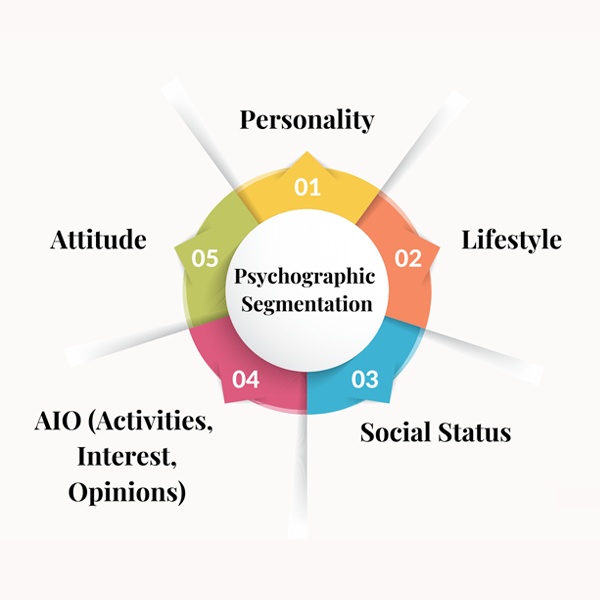
Psychographic Segmentation
Psychographics dive deeper into personality, values, and lifestyle choices. Some customers buy only sustainable,
eco-friendly fashion, while others invest in high-end labels for exclusivity. Athleisure appeals to fitness-conscious buyers, and minimalistic fashion attracts those with simple style preferences. This helps brands connect with their audience beyond just price or age.
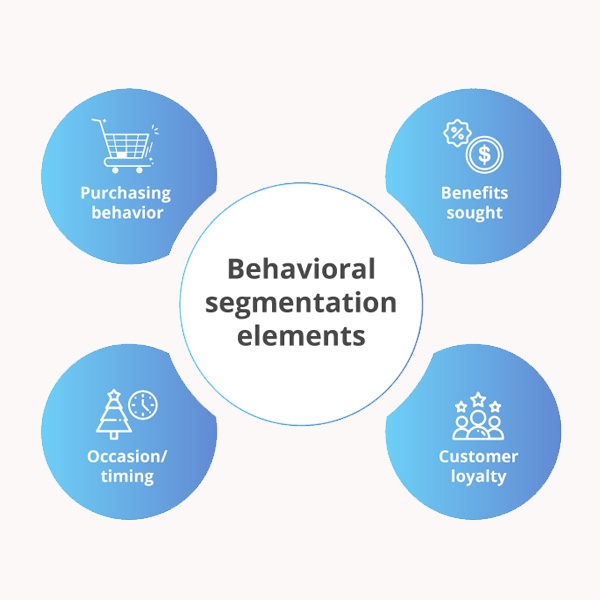
Behavioural Segmentation
Behavioural segmentation looks at shopping habits and decision-making patterns. Some customers shop during seasonal sales, while others always buy new arrivals. Many prefer online shopping for convenience, while others still trust physical stores. Fashion brands also reward loyal customers with exclusive discounts or early access to collections.

Needs-Based Segmentation
This focuses on specific customer needs and motivations. Some buyers prioritise comfort over everything, while others invest in fashion to show status, follow trends, or express individuality. For example, maternity wear caters to expectant mothers, while plus-size collections serve a growing demand for inclusive sizing.
5 Types of Fashion Market Segmentation - From Haute Couture to Mass Market
Fashion brands position their collections in different price brackets to cater to diverse audiences. From ultra-exclusive couture to everyday affordable wear, each level reflects a mix of craftsmanship, exclusivity, and accessibility.
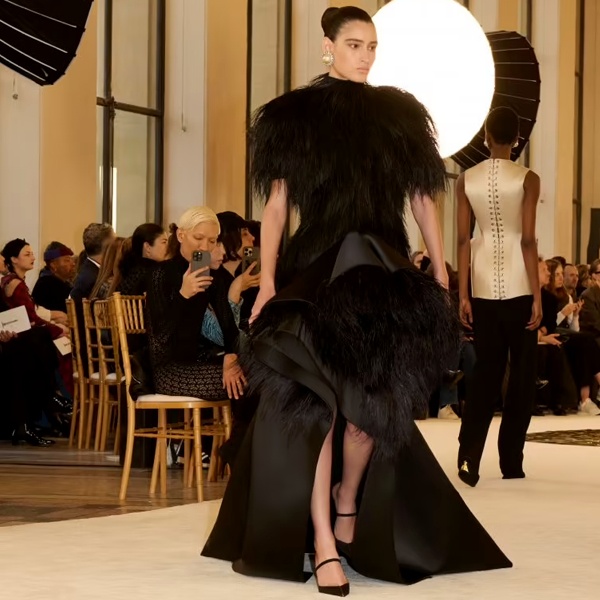
Haute Couture
(The Peak of Luxury Fashion)
Haute couture is the most exclusive and prestigious segment in fashion. Designers create each piece by hand, using the finest fabrics and highly skilled craftsmanship. Every garment is custom-made to a client's exact measurements and often involves multiple fittings. Fashion houses like Dior and Chanel produce only a limited number of these creations each season, which adds to their rarity. This category caters to ultra-wealthy clients, celebrities, and collectors who see fashion as an investment and a form of art.
Price Range: Rs. 5 lakhs - 50 lakhs
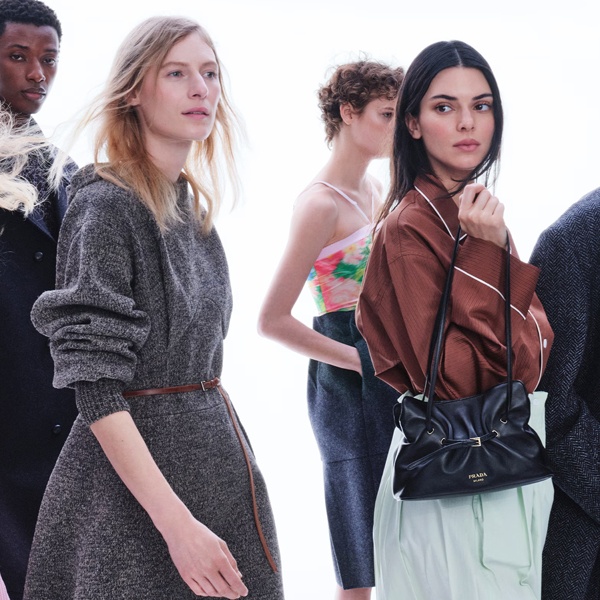
Pret-a-Porter (Ready-to-Wear)
(Designer Style for Fashion Enthusiasts)
Pret-a-porter, or ready-to-wear, offers high-end designer fashion that is made in standard sizes but still retains exclusivity. These collections are showcased during seasonal fashion weeks and are produced in smaller quantities than mass-market
clothing. The quality of materials and construction is high, making these pieces desirable for buyers who want luxury without custom tailoring. Brands like Gucci and Prada focus heavily on pret-a-porter to reach style-conscious customers looking for premium, wearable designs.
Price Range: Rs. 1 lakh - 5 lakhs
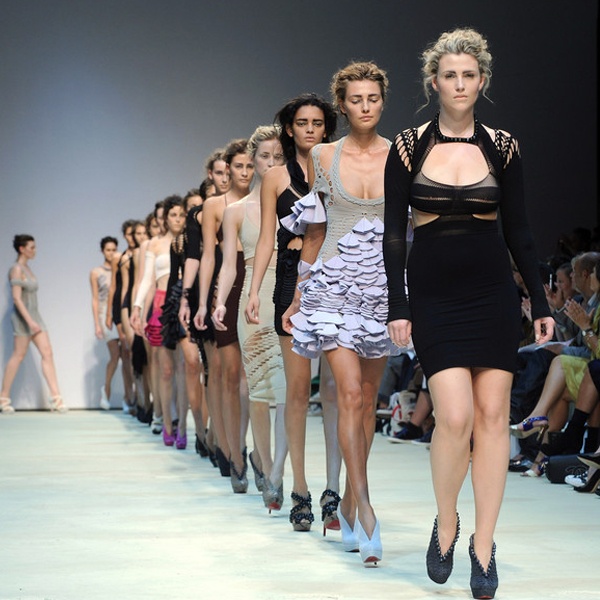
Diffusion Lines
(Affordable Luxury from Designer Labels)
Diffusion lines are secondary labels introduced by luxury designers to reach a wider audience. They feature simplified designs, more affordable fabrics, and lower price points while maintaining the prestige of the parent brand. This category targets younger professionals and trend-driven shoppers who want to own pieces from famous designers without paying couture or high-end prices. Examples include Marc by Marc Jacobs and DKNY, which successfully bridge designer appeal with affordability.
Price Range: Rs. 40,000 - 1 lakh
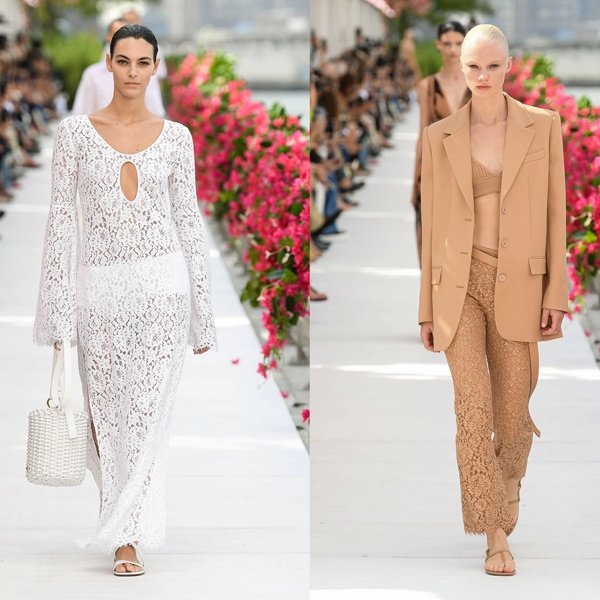
Bridge Lines
(Between Luxury and Mass Market)
Bridge lines sit between high-end designer collections and mainstream fashion. They focus on premium quality, timeless styles, and relatively accessible prices. This category attracts aspirational buyers who want a touch of luxury without the heavy price tag. Brands like Coach and Michael Kors thrive in this space, offering sophisticated designs that appeal to upper middle-class shoppers seeking investment pieces that last.
Price Range: Rs. 20,000 - 40,000/-
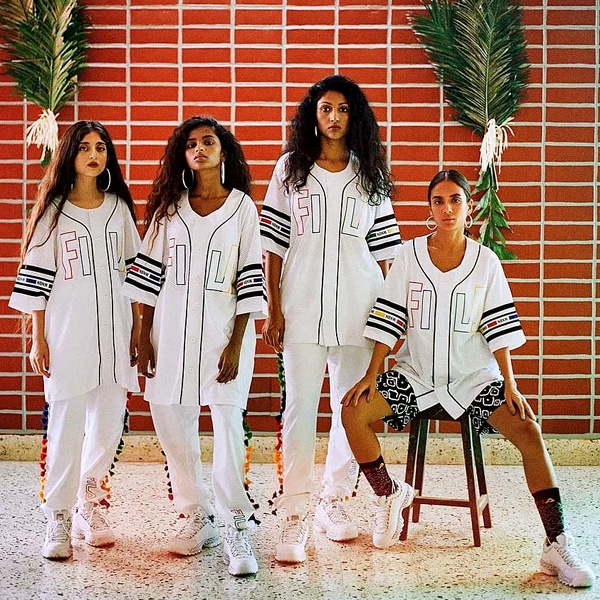
Mass Market
(Trendy and Affordable for All)
The mass market is the broadest segment in fashion, catering to everyday shoppers. This level focuses on affordability, large-scale production, and rapid response to current trends. Brands in this category release new collections frequently, making it easy for consumers to stay fashionable on a budget. Zara, H & M and Uniqlo are leading players, offering accessible clothing for students, working professionals and price-conscious buyers.
Price Range: Rs. 500 - 10,000/-
Real-World Fashion Brand Segmentation Examples
Fashion brands thrive when they understand exactly who they are designing for. Instead of targeting everyone, they divide their customers into clear segments based on lifestyle, values and buying habits. Here's how some brands use segmentation to create strong connections with their audiences.
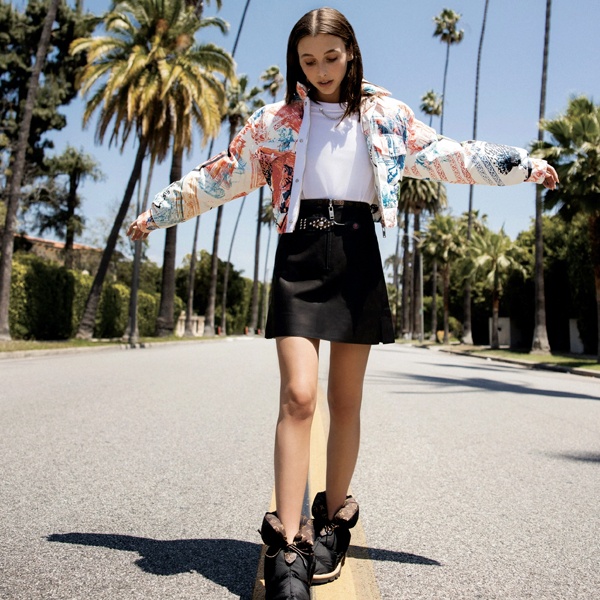
- Inclusive Marketing and Diverse Representation - Fashion buyers today expect to see themselves reflected in campaigns. Studies show over 44% of consumers feel under-represented in fashion marketing. Brands now segment audiences based on ethnicity, body type, and cultural identity to create relatable campaigns. This strategy helps them build loyalty, especially in India's diverse market where regional tastes and representation matter. Brands embracing inclusivity use real customers in ads, expand size ranges and design for different skin tones, which drives trust and engagement.
- Aritzia's Emma Chamberlain Collection for Gen Z - Canadian brand Aritzia shows how influencer-driven segmentation works. They launched a collection with popular creator Emma Chamberlain, speaking directly to Gen Z's minimalist yet trendy style preferences. Instead of targeting all age groups, Aritzia tapped Emma's audience to create a curated line that matched her personal aesthetic. This precise targeting boosted engagement and positioned the brand as a favourite among Gen Z shoppers who follow Emma's style choices closely.
- Lululemon's Hiking Line for Outdoor Enthusiasts - Lululemon built an entirely new product line for hikers and outdoor lovers, a segment often overlooked in premium athleisure. They researched this group's needs, focusing on durable materials, weather-ready features, and comfort for long treks. This clear segmentation strategy helped Lululemon attract adventure-driven customers while expanding beyond its yoga and gym wear identity.
7 Key Benefits of Fashion Market Segmentation
Fashion market segmentation helps brands and designers understand their audience better and create products that truly connect with them. Here are seven clear benefits that make it an essential strategy in today's fashion industry:
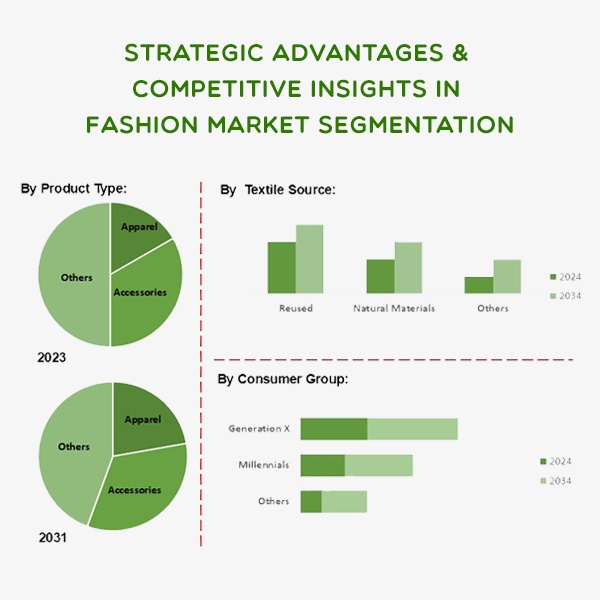
- Stronger Customer Understanding - Segmentation lets fashion brands study customer preferences, buying habits and lifestyle choices. This helps brands design collections that match what people actually want instead of guessing trends.
- Better Product Development - When brands know exactly who they are designing for, they can create products that appeal to specific groups. For example, one segment may prefer budget-friendly clothing, while another looks for premium, luxury pieces.
- Targeted Marketing Campaigns - Segmentation makes marketing sharper and more cost-effective. Brands can run ads, promotions, and campaigns tailored to each audience segment, leading to better engagement and higher sales.
- Improved Customer Loyalty - When people feel that a brand understands their taste, they are more likely to return. Personalised collections and recommendations help build trust and keep customers loyal.
- Efficient Resource Allocation - Fashion businesses can focus their time, money, and resources on segments that bring maximum profit. This avoids wasting money on audiences that are less likely to buy.
- Competitive Edge in the Market - Segmentation helps brands identify gaps in the market and stand out. Offering unique products for specific groups gives a competitive advantage over generic fashion retailers.
- Higher Profit Margins - By targeting the right audience with the right products, brands can sell at prices customers are willing to pay. This improves revenue and overall profitability.
How to Implement Fashion Market Segmentation
A well-planned segmentation strategy helps fashion brands understand their audience clearly and design collections that truly connect with them. Here is a simple, step-by-step approach to implementing market segmentation in the
fashion industry.
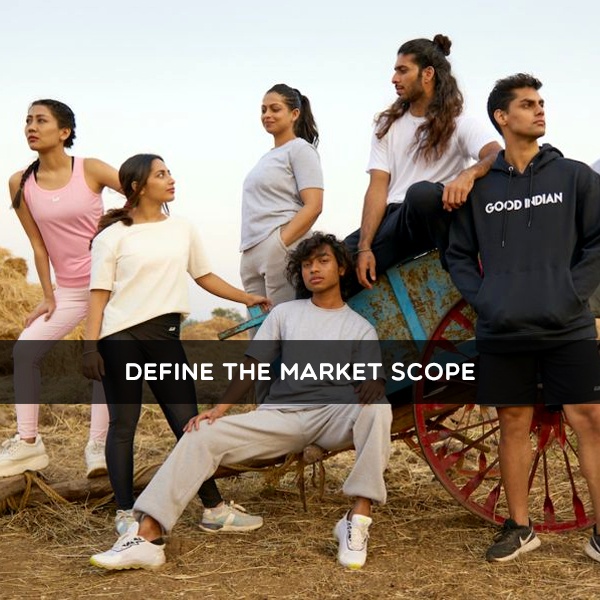
1. Define the Market Scope
Start by identifying the exact area of fashion you want to focus on. Choose a clear category like athleisure, formal wear,
ethnic wear or luxury accessories. Narrowing down your market gives direction to your research and helps you avoid wasting resources on irrelevant data.
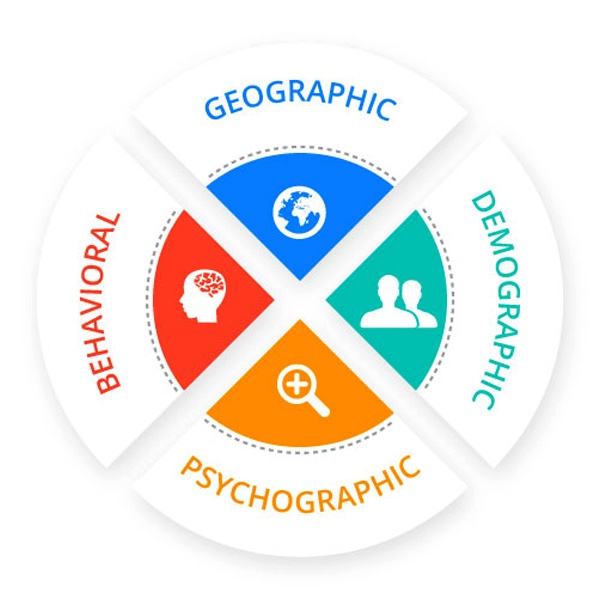
2. Select the Segmentation Criteria
Choose
factors that will divide your audience into meaningful groups. In fashion, you can segment customers based on:
- Demographics - Age, gender, income and occupation.
- Geography - Urban, rural or regional style preferences.
- Psychographics - Lifestyle, fashion values and personality.
- Behavioural Factors - Buying frequency, brand loyalty and response to trends.

3. Analyse Consumer Data
Collect and study data from multiple sources:
- Sales Records to see popular categories and styles.
- Social Media Insights to track trending aesthetics and influencer impact.
- Website Analytics to identify buying behaviour and price sensitivity.
- AI and Predictive Tools to forecast future trends and consumer needs.
Thorough analysis ensures you spot real opportunities rather than relying on guesswork.

4. Build Detailed Segment Profiles
Create customer personas for each segment. Include their motivations, preferred
colours, fabrics, shopping habits, and favourite styling inspirations. A persona like 'college student seeking affordable streetwear' or 'working professional looking for premium office wear' gives a clear picture of your target buyer.
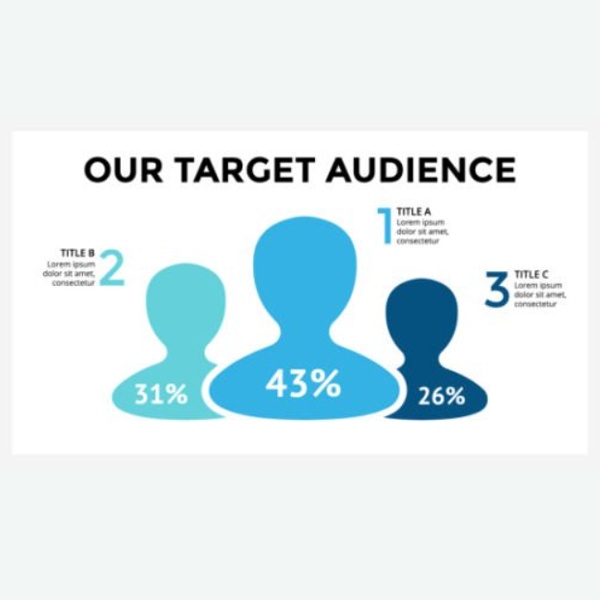
5. Target & Position your Offerings
Design collections, marketing campaigns, and pricing strategies around each group. Highlight unique value propositions that resonate with that audience. For example, eco-conscious buyers respond well to natural fabrics and sustainable packaging, while trend-driven buyers value limited editions and influencer collaborations.
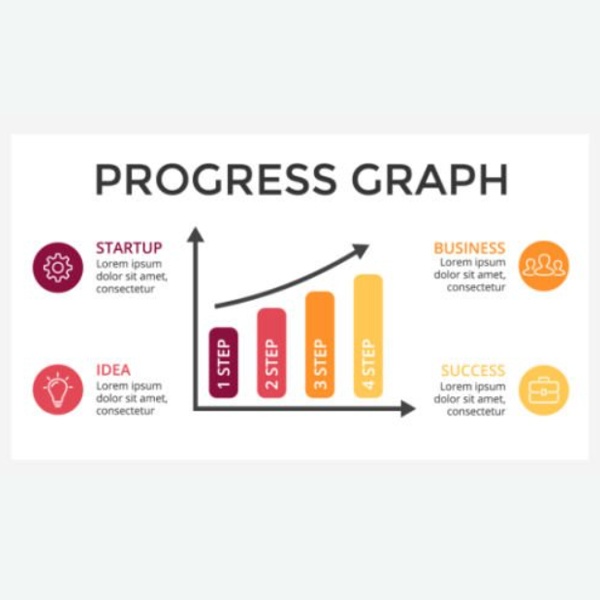
6. Track Results & Refine the Strategy
Use KPIs like sales growth, conversion rates, customer retention, and social engagement to measure success. Regular reviews allow you to adapt quickly to changing trends, seasons, and consumer preferences. Fashion is dynamic, so segmentation must remain flexible.
Challenges of Fashion Market Segmentation & Smart Ways to Overcome Them
Fashion market segmentation helps brands understand their audience, but it comes with its own set of hurdles. Knowing these challenges and handling them early saves time, money, and lost opportunities.
| KEY CHALLENGES |
|---|
| Missing Potential Customers | Narrowly defined segments can make brands overlook buyers who don't fit strict profiles but are still interested in the products. This limits growth. |
| Overly Complex Segmentation | Creating too many micro-segments often confuses marketing efforts. It spreads budgets thin and complicates product planning. |
| Limited and Costly Data | Accurate customer data is expensive and hard to collect. Many smaller fashion businesses struggle with advanced market research. |
| Changing Consumer Behaviour | Fashion trends shift quickly. Segments that work today may become irrelevant tomorrow if not updated. |
| MITIGATION STRATEGIES |
|---|
| Blend Multiple Data Types | Combine hard numbers like purchase history and browsing behaviour with psychographic details such as lifestyle choices and fashion preferences. This gives a fuller customer picture. |
| Keep Segments Flexible | Regularly review and adjust your market segments to reflect changes in customer behaviour and fashion trends. |
| Use Scalable Digital Tools | Adopt affordable analytics tools to track customer activity across social media, e-commerce platforms, and in-store interactions. |
| Start Broad, Then Refine | Begin with wider customer groups to avoid missing out on potential buyers. Narrow segments only after gathering strong, consistent data. |
A well-planned fashion market segmentation strategy helps brands stay relevant in a fast-changing industry. When brands understand the unique needs of each group of customers, they create collections that feel personal. This relevance builds trust and keeps customers coming back, which strengthens loyalty over time.
Segmentation also drives innovation. By studying customer preferences closely, brands spot trends early and experiment with fresh ideas. This keeps them ahead of competitors and encourages smarter decisions on design, pricing, and marketing. However, a strong strategy balances creativity with data. Analysing customer behaviour, sales trends, and cultural influences ensures decisions are accurate and effective. Inclusive segmentation also matters. Recognising diversity in age, size, style, and income makes fashion accessible and helps brands grow a wider audience.
In short, segmentation is not just a marketing tool. It is a growth strategy that blends customer insight, creativity, and inclusivity to build stronger connections and long-term success in the fashion industry.
FAQ about Fashion Market Segmentation
1. How do Indian
festivals change how I segment customers?
Plan offers by festival and region. Launch promotions early for Onam, Durga Puja, Diwali, Eid and
wedding seasons.
2. Should Tier-2 and Tier-3 shoppers be a separate segment?
Yes. They prefer value products, local language ads, simple payment options and clear delivery dates.
3. Should I make size charts for Indian shoppers?
Yes. Use India-specific size charts to reduce returns and improve fit.
4. Is influencer marketing different for India?
Yes. Work with regional micro-influencers and track sales, not just likes.
5. How do I create wedding or event segments?
Group buyers as
brides, grooms, family or guests. Offer bundles, stitching, and ready looks.
6. Should I vary products by region?
Yes. Lighter fabrics work in coastal areas, wrinkle-free clothes for hot zones and warm wear for hills.
7. How do I target eco-friendly buyers?
Highlight natural fabrics, simple packaging and recycling efforts.
8. How can a new brand start with segmentation?
Start with four groups: metro professionals, tier-2 value shoppers, event buyers and Gen Z trend lovers.





















 CONTACT USWaves Institute of Fashion Designing,
CONTACT USWaves Institute of Fashion Designing,